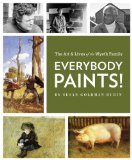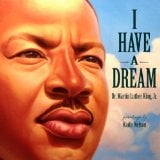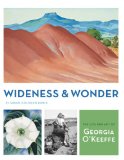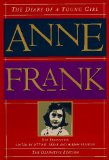Artists
There are many intriguing books about art and artists that open up new possibilities for children and young adults.
 The Noisy Paint Box by Barb Rosenstock, illustrated by Mary Grandpre (Knopf, 2014) is a picture book biography that examines the life and passion of Vasya Kandinsky. When Vasya’s aunt gave him a paint box as a gift, the young boy discovered that he could escape “proper” expectations and create. Kadinsky felt that he heard the sounds of the colors, and his paintings were not images of objects. They were a riot of color, and throughout his life teachers and artists didn’t understand his abstract art. Kadinsky’s style was unique, and when the art world recognized his genius, he became an influential leader.
The Noisy Paint Box by Barb Rosenstock, illustrated by Mary Grandpre (Knopf, 2014) is a picture book biography that examines the life and passion of Vasya Kandinsky. When Vasya’s aunt gave him a paint box as a gift, the young boy discovered that he could escape “proper” expectations and create. Kadinsky felt that he heard the sounds of the colors, and his paintings were not images of objects. They were a riot of color, and throughout his life teachers and artists didn’t understand his abstract art. Kadinsky’s style was unique, and when the art world recognized his genius, he became an influential leader.
 Susan Goldman Rubin introduces our older readers to the Wyeth family in Everybody Paints! The Lives and Art of the Wyeth Family (Chronicle, 2014). This family of artists contributed extraordinary works of American art. N.C. Wyeth’s illustrations of The Merry Adventures of Robin Hood and Treasure Island are iconic. His son Andrew’s best know work may be “Christina’s World”. Grandson Jamie’s portraits of figures from John F. Kennedy to Andy Warhol continue the artistic family’s legacy.
Susan Goldman Rubin introduces our older readers to the Wyeth family in Everybody Paints! The Lives and Art of the Wyeth Family (Chronicle, 2014). This family of artists contributed extraordinary works of American art. N.C. Wyeth’s illustrations of The Merry Adventures of Robin Hood and Treasure Island are iconic. His son Andrew’s best know work may be “Christina’s World”. Grandson Jamie’s portraits of figures from John F. Kennedy to Andy Warhol continue the artistic family’s legacy.
Adults will be as fascinated by these selections as children are!


















